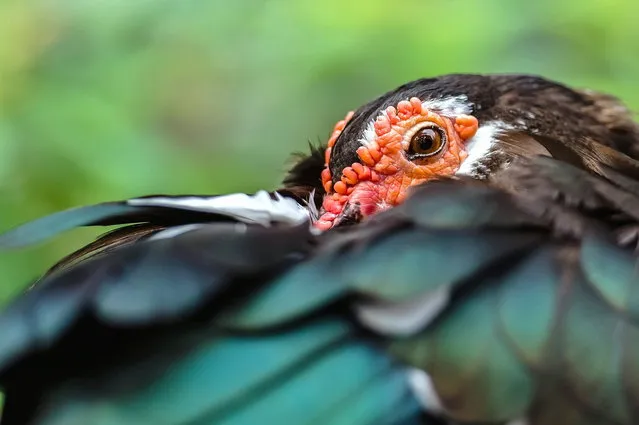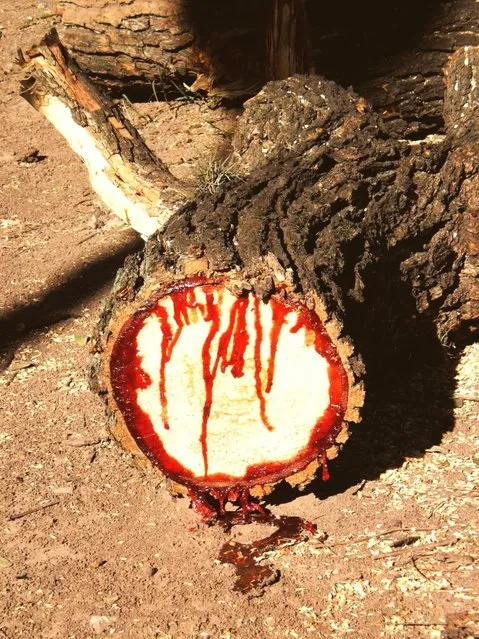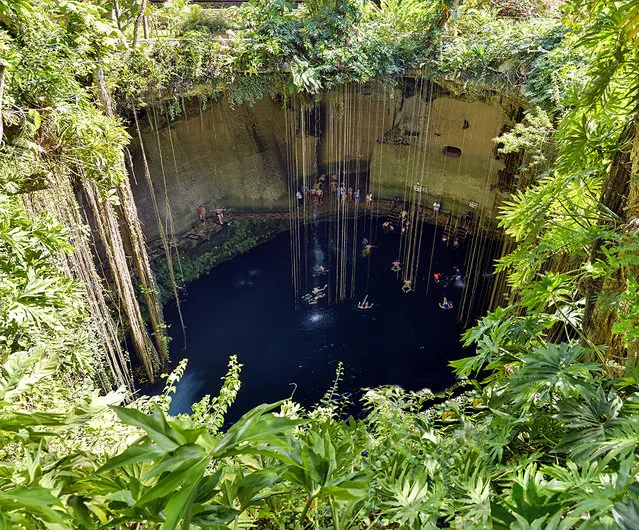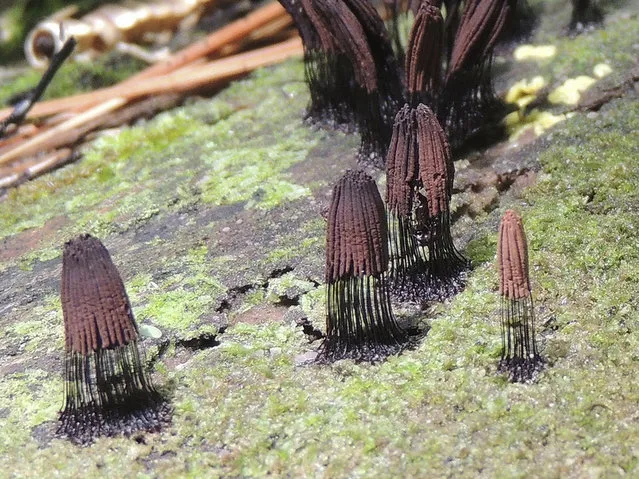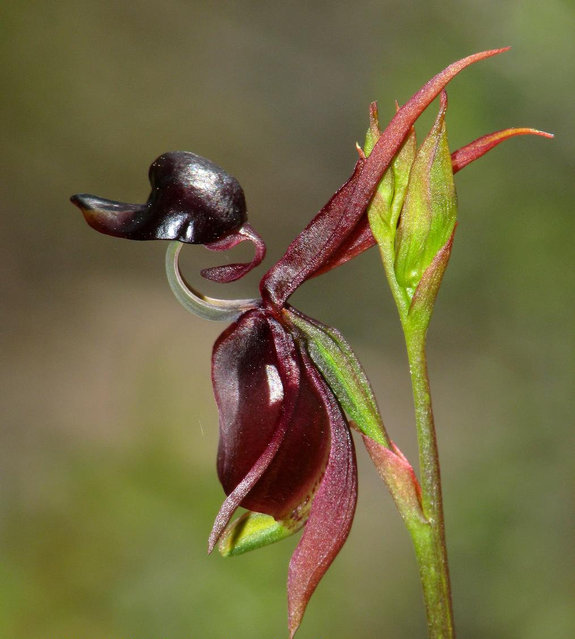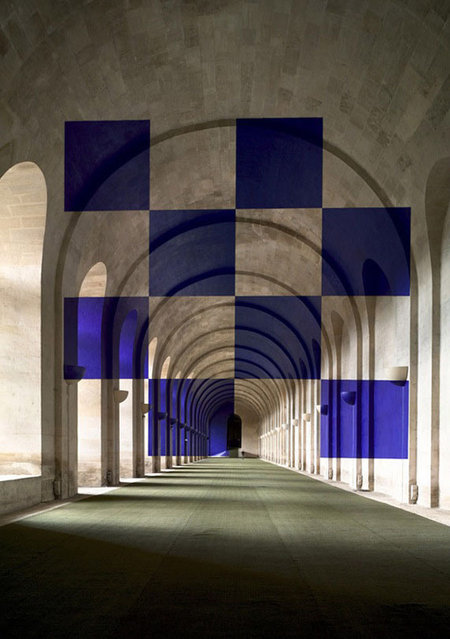
Felice Varini is a Swiss artist who was nominated for the 2000/2001 Marcel Duchamp Prize, known for his geometric perspective-localized paintings in rooms and other spaces, using projector-stencil techniques. According to mathematics professor and art critic Joël Koskas, “A work of Varini is an anti-Mona Lisa”.
30 Jan 2014 13:13:00,post received
0 comments


